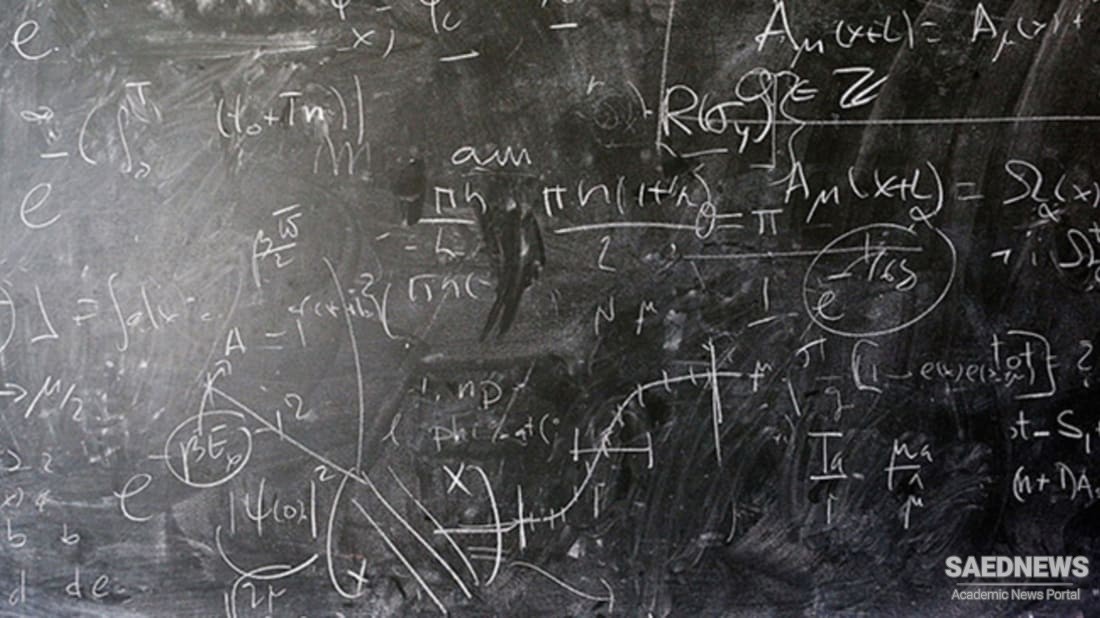Cosmic ray research and accelerator experiments began to reveal an interesting collection of short-lived, subnuclear particles, however, scientists began to wonder what was really going on within the nucleus. Did some type of interesting behavior involving neutrons and protons take place deep within the nucleus? The stampede of new particles began rather innocently in 1930, when the Austrian-American physicist Wolfgang Pauli (1900–1958) suggested that a particle, later called the neutrino by Fermi (using the Italian word for “little neutral one”), should accompany the beta decay process of a radioactive nucleus. These particles were finally experimentally discovered in 1956 and are considered to have a very tiny (almost negligible) mass and travel at just below the speed of light. In contemporary nuclear physics, neutrinos are regarded as stable members of the lepton family. The first new particle in modern physics was discovered in 1932 when the American physicist Carl D. Anderson (1905–1991) discovered the positron, the antiparticle of the normal electron. Anderson’s positron and Chadwick’s neutron were reported in the Proceedings of the Royal Society in 1932. The discovery of these new particles eventually led to the “zoo” of many strange particles that challenge and baffle modern physicists. One of the most important early hypotheses about forces within the nucleus was formed in the mid-1930s when the Japanese physicist Hideki Yukawa (1907–1981) suggested that nucleons (i.e., protons and neutrons) interacted by means of an exchange force (later called strong nuclear force). He proposed that this force involved the exchange of a hypothetical subnuclear particle, called the pion. This short-lived subatomic particle was eventually discovered in 1947. The pion is a member of the meson group of particles within the hadron family. Since Yukawa’s pioneering theoretical work, remarkable advances in accelerator technology have enabled nuclear scientists to discover several hundred additional particles. Virtually all of these elementary (subatomic) particles are unstable and decay with lifetimes between 10−6 and 10−23 second. Based on this rapidly growing population of particles, often referred to as the “nuclear particle zoo,” scientists no longer want to consider the proton and the neutron as elementary particles within the field of nuclear physics.


 Quantum Mechanics, Atomic Theory and Emergence of Atomic Energy Plants
Quantum Mechanics, Atomic Theory and Emergence of Atomic Energy Plants














































